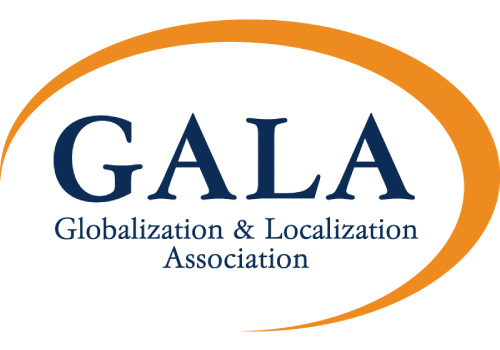The digital era has brought massive disruption to markets the world over, most notably in the media entertainment industry. A recent mobility report by Ericsson shows just how much TV and video viewing habits are changing rapidly. The report highlights the huge increase in streaming video among the younger generation, stating that video will account for 70% of all mobile traffic by 2021. Furthermore, a recent article published by ReelSEO notes that an alarming 55% of people in the U.S. watch videos every day, 78% of U.S. Internet users watch videos online every week!
No one can deny that TV entertainment of the future will be very much mobile centric, where geographic borders are no longer an obstacle to reaching new audiences. The rapidity in which video content is produced places enormous pressure on organizations to have their content available to stream in multiple formats, on multiple devices and to localize it fast so that it reaches multiple regions at the same time.
Don’t underestimate the role and necessity of localization in your global video content strategy. Creating multilingual versions of your video requires significant investment in people, processes and technologies. To connect your video with a global audience in a secure and timely manner, and across platforms, regions and cultures, keep the following in mind:
Optimize your Video for Search Engines
With over 500 hours of video uploaded to YouTube every minute online video is a great opportunity to engage with your audience on a deeper level; however, to be most effective it is now necessary to add subtitles and closed captions. The reason being is that search engines cannot read videos but they can read text. By creating transcripts and captions for your videos, you will turn all the text into searchable keywords for the search engines to discover and index. Search engines rank captions in the same way as they rank keywords. Instead of having a great video sitting on your website or on one of the many video streaming sites waiting to be discovered, use closed captions and subtitles as an SEO tactic to increase its ranking and visibility.
Dubbing, Subtitling, or Both
In general subtitles are the most widely used foreign language versioning tool when it comes to online video. That being said, no two markets, regions or cultures are the same and we would recommend that you seek advice from your localization partner as to which tactic best caters to your audiences’ preferences and needs. In certain markets, such as E-learning, it is often necessary to have your video both dubbed and subtitled so that the message and information you convey is fully understood by your audience. Whether you are marketing your video in its original language or in multilingual versions, for the SEO reasons mentioned above, it is important that you include subtitles not only to the translated versions but also to the original version. In addition, by adding audio descriptions of the non-speech elements to your subtitles, your video will cater to the 400 million plus deaf and hard of hearing people across the globe.
Multiple Screens, Many Formats
The digital era has opened up a world of 24/7 connectivity and an explosion of devices and streaming platforms to choose from. Viewers now expect to access their content of choice anytime, anywhere and on any screen. In order to cater for every screen and every audience it is important that your video is produced in multiple formats that can fit every screen and that can be seamlessly integrated with video players and platforms. It is important that your localization partner can support a wide range of output formats such as CAP (Cheetah), Scenarist Closed Captions (SCC), MCC CEA-708 (MCC) TTML, QuickText (for QuickTime), WebVTT (for HTML5), RealText (for Real Media), SMTPE-TT (XML), EBU.STL, to name a few.
Closed Captioning and Legal Obligations
Authorities are now recognizing the needs of the deaf and hard of hearing people through the introduction of laws concerning audio-visual services. It is only a matter of time before stringent laws are introduced in the digital world. The online video community are beginning to see the importance and value of adding closed captions to their content to reach the huge audience potential of the deaf and hard of hearing people. A well-known advocate for closed captions on YouTube and other platforms is beauty Vlogger, Rikki Poynter, who is also deaf. Her Deaf Awareness videos advocating the use of closed captioning have been met with huge support from the online video community.
Speed to Market
Audiences across the world want to view content as soon as it has been released. With such tight launch windows, content distributors across the world are under constant pressure to localize their media content and release the new language version as fast as possible, and sometimes in as many languages as possible. Make sure that you find a well-established foreign language versioning partner that can guarantee the highest quality of service and level of accuracy while being able to turn-around your localization project within a small delivery window.
Content Security
Illegal distribution and retransmission of video content not only happens after its launch; your content can also be misappropriated during any stage of the post-production cycle, especially when it is stored by multiple people on multiple devices. To ensure that your content is not stolen during the localization process, make sure that your foreign versioning partner meets all the security requirements and that your content is never distributed on multiple devices. Better still, find a partner with a secure platform.







